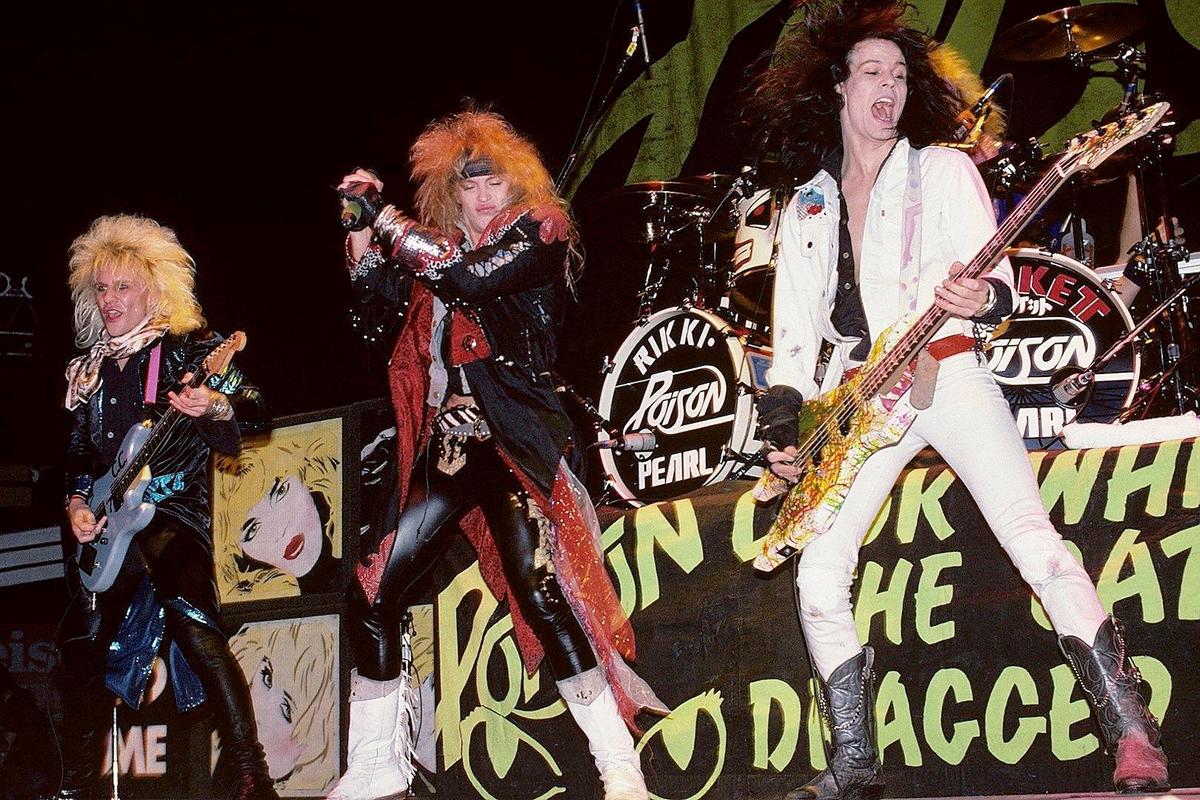Who are the “Big 4” of hair metal?
It’s a tricky question, not least of which because anybody who claims to be a fan of “hair metal” knows it’s not actually a real subgenre.
More accurately, it’s a catch-all term that was retroactively applied to the pop-infused hard rock that dominated the Sunset Strip and commanded airwaves in the ’80s. Critics of this brighter, frothier strain of “metal” dismissed bands for caring more about their big hair and ridiculous clothing than their music — hence, “hair metal” emerged as a popular pejorative after the scene’s drastic decline in the ’90s.
READ MORE: 10 Underrated Hair Metal Bands That Deserved to Be Way Bigger
The problem with “hair metal” is that it reduces a decade’s worth of bands to a derogatory two-word phrase. Critics unfairly lumped Van Halen, Motley Crue, W.A.S.P., Queensryche, the Cult, Extreme, Guns N’ Roses, Aerosmith and numerous other bands under the same umbrella, even though they all had unique takes on the hard rock du jour.
Still, plenty of rock bands that emerged in the ’80s fit firmly within the “hair metal” parameters. Some of the bands we’re about to list helped pioneer the subgenre, while others dabbled in the scene as it suited their needs and promptly switched lanes once it was no longer in fashion.
Whether you accept or reject the “hair metal” label, there’s no denying that it’s taken root in the pop-cultural lexicon. And just as thrash metal has its “Big 4,” this subgenre had its tentpole bands that came to define a movement.
Read on to see the Big 4 of hair metal.
The ‘Big 4’ of Hair Metal
The label originated as a pejorative, but the subgenre still has its undisputed tentpole bands.
Gallery Credit: Bryan Rolli



